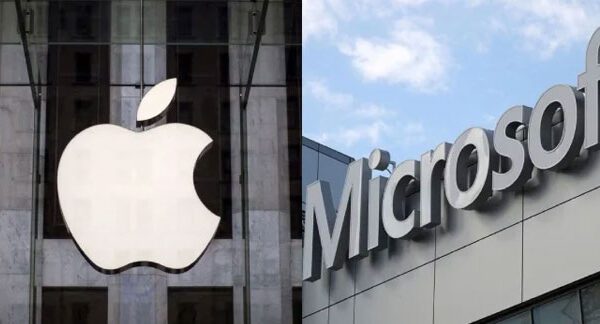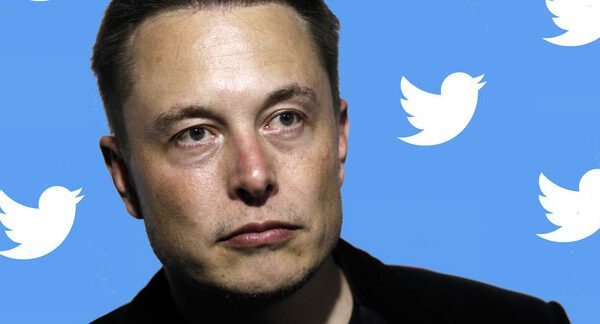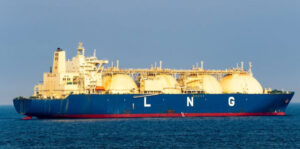Setback for SpaceX: Starship Launch Appears to Fail Just Minutes After Liftoff
SpaceX’s uncrewed spacecraft, Starship, designed for future moon missions and beyond, faced a presumed failure in space just minutes after its Saturday liftoff in its second test, following a previous explosion in its initial attempt.
The two-stage rocketship launched from the Starbase site near Boca Chica, Texas, reaching around 55 miles (90 kilometers) above the ground for a planned 90-minute spaceflight. However, the Super Heavy first stage booster, after successfully detaching from its core stage, exploded over the Gulf of Mexico.
The core Starship booster continued its journey toward space, but SpaceX lost contact with the vehicle a few minutes later. At approximately eight minutes into the test mission, a camera view suggested an explosion in the Starship booster, indicating a potential failure at that time.
This launch was the second attempt to test the Starship mounted atop the Super Heavy rocket booster, following an April attempt that ended in failure about four minutes after liftoff.
The mission aimed to lift Starship into space and then plunge it through Earth’s atmosphere for a splashdown off Hawaii’s coast. The successful testing of Starship is crucial for SpaceX’s plans to send humans and cargo to the moon and Mars.
SpaceX founder Elon Musk views Starship as a replacement for the Falcon 9 rocket, forming the centerpiece of the company’s launch capabilities. NASA, SpaceX’s primary customer, relies on Starship for its Artemis program, succeeding the Apollo missions, to send humans to the moon.
While the test faced setbacks, SpaceX emphasized that learning from such experiences is crucial for improving Starship’s reliability in its pursuit of making human life multi-planetary.








